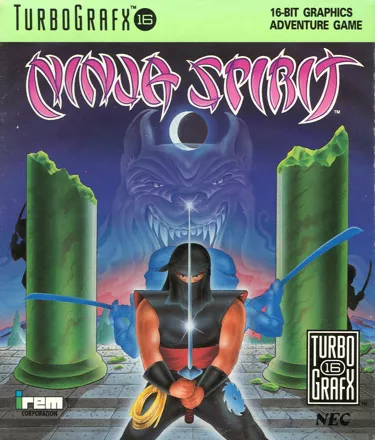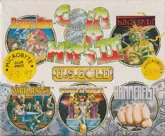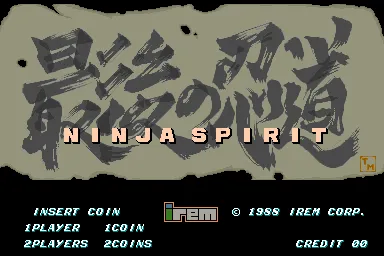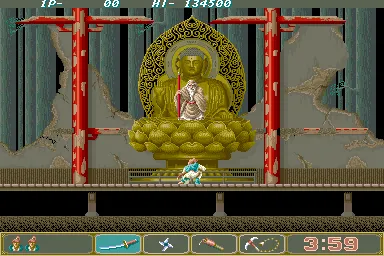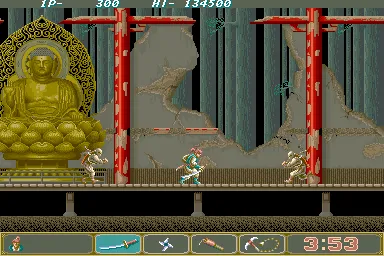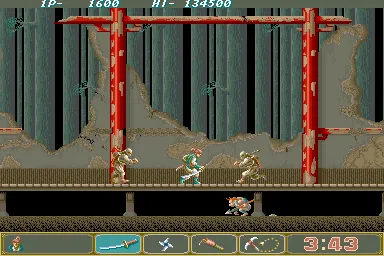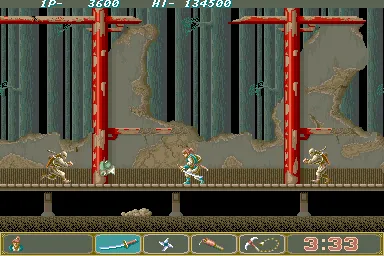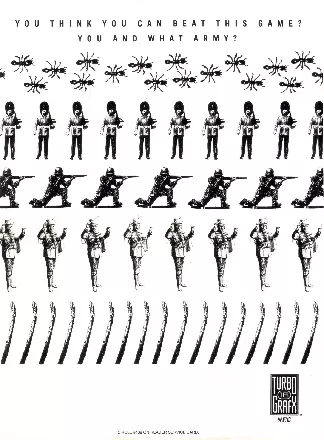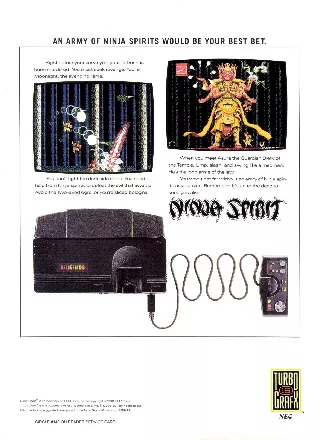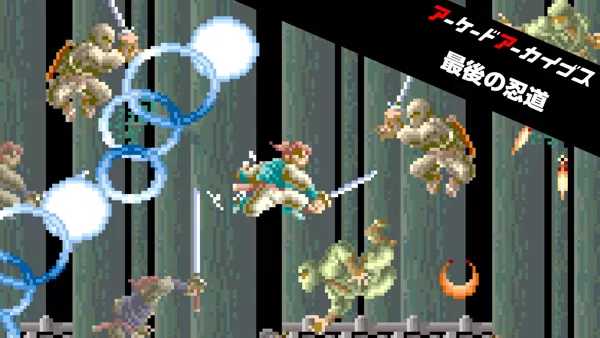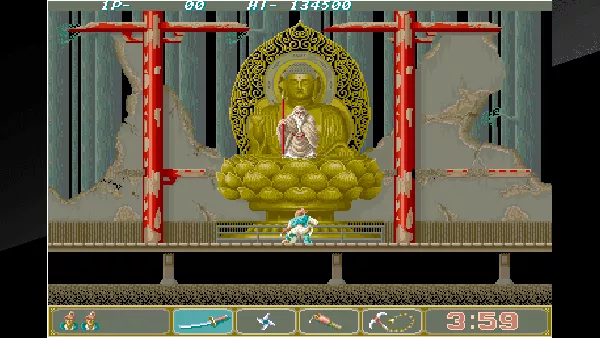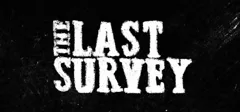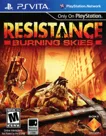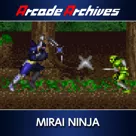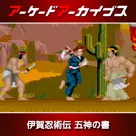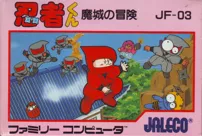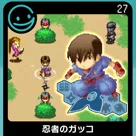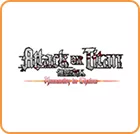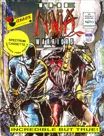Ninja Spirit
Description official descriptions
A ninja-based action game that has the player leading Moonlight through numerous enemy-riddled levels on a quest to exact revenge against his father's murderer. To accomplish this task Moonlight is armed with a katana, shurikens, bombs, and a sickle and chain weapon. Each weapon offers its own advantages and must be used at certain times to overcome specific obstacles or opponents.
The game's coin-op origins are evident in the fact that that the home versions do not have passwords or saves. To compensate for this, however, adjustable difficulty settings were added.
Spellings
- アーケードアーカイブス 最後の忍道 - Japanese PS4 / Switch spelling
- 最後の忍道 - Japanese spelling
Groups +
Screenshots
Promos
Credits (Arcade version)
11 People
| - |
|
| Sound & Music (uncredited) |
|
Reviews
Critics
Average score: 74% (based on 33 ratings)
Players
Average score: 3.1 out of 5 (based on 36 ratings with 2 reviews)
Excellent Action, Style and Control gone MAD!
The Good
Ninja Spirit without hesitation is one of the best arcade action ports to the PC engine / TG16. The 2D side scrolling game features an awesome assortment of weapons, power-ups and stylish gameplay. Music and sound are arcady, but do capture a feel to draw the player into the experience. You take on the role of a ninja set out to avenge your slain father, simple enough. This simplicity extends into intuitive and inventive control, making for an experience seldom seen from the 16-bit generation of games.
Equipped with various weaponry, a Sword, Chain & Sickle, Throwing Stars and Explosive Sticks. Through the various levels defeating hordes of leaping ninja, power-ups are dropped to enhance your fighting prowess. Weapons may be powered up to decimate your opponents. The Sword radiates a wide slashing arc which is ideal for defensive action. Powered, the Chain and Sickle become capable of a spinning 360 attack that has devastating capability. Throwing Stars when upped, are not very powerful, but the screen coverage is immense. Finally, the explosives are decidedly the most damaging weapon the player can utilize. They will take down bosses in seconds, and are highly recommended. Each of the weapons mechanics are very sound and well thought out. When either on the ground or in the air via jump, the weapons take on some interesting and effective attributes. A weapon function is greatly altered when a direction is pressed prior or during a weapon attack. This mostly dictates the direction of the weapon attack, but there are nuances for each weapon type. For example, the "Explosive Sticks" when on the ground pressing down and attack, the player leaves behind a time detonated mine for advancing enemies.
An additional power-up calling "Shadow Ninja" into existence is where the energy and fun of this game multiplies exponentially. Utilizing this power-up places a duplicate of yourself executing similar movements based on a time lag of about one second behind. This takes on an interesting effect, after the player executes a large jump and lands but does not move, the following Shadows will be suspended in mid-air. This allows the player to create formations with the "Shadows", and unleash awesome and lethal firing arcs. While movement of the Shadows is delayed, the attacks of the Shadows are instantaneous, covering a very generous area dependent on the weapon being used. The player may have up to two shadows operating at the same time, with the same power-upped weapon conditions as the player. This is where the intensity of the game truly excels, and puts Ninja Spirit in a class of its own.
Level design is creative, and captivating to experience. From immense woodlands, wastelands, swamps temples and cliffs, the game never gets old. Each level is decidedly different in its visual, AND its gameplay. (The latter being something that is sorely lacking in most of today's games.) Level gameplay is focused in such a way where the player must utilize their skills differently for every level encountered, making the game lively, and never dull or dragging.
The Bad
One thing that bothered me was in the "weapons" power-up system. If the player is using a powered weapon, and picks up another weapon power-up it is wasted. Meaning, in order to power-up a different weapon you have to switch to the weapon that is un-powered to power it. This can be very distracting. In an action game such as this, it can leave the player wide open to attack, condemning you to start the level over again. The uncool factor gets a little grating at times.
Accuracy in long jumps can be a bit frustrating. The character is affected by inertia based on how the jump was executed with or without direction. Trying to maneuver the character in the air feels sluggish and not quite as satisfying as it could have been with a little more tuning.
The Bottom Line
For 16-Bit side scrolling action this one is a winner. Every weapon has it's time and place. There are many different approaches to all situations encountered, and all of those approaches are fun to execute. For the gamer or designer who likes to experience good solid core mechanics, and a health dash of fun, I definitely recommend Ninja Spirit.
TurboGrafx-16 · by Vecster (19) · 2006
So faithful to the original arcade game
The Good
Every gamer who is a fan of shoot-em-ups would have played R-Type. Irem’s game was quite popular that the Japanese company made a sequel two years later. But before that, they made several games of different genres, and one of these was Ninja Spirit, an excellent game that was ported to popular home systems like the Commodore 64, ZX Spectrum, Amstrad CPC, and the Amiga, all of these ports have their ups and downs. For example, in the ZX Spectrum version of the game, you can’t see what you are doing. The Amiga version, meanwhile, has good music but poor gameplay. Ninja Spirit was also released for the TurboGrafx-16, and it makes these other ports look like shit.
In Ninja Spirit, you play the role of Tsukikage, a ninja set out to avenge his father’s death. The game plays like other platform games of the time – you go through the level left to right, shooting a whole lot of enemies that get in your way, and defeat a boss at the far end to advance to the next stage. What makes the game unique is the way you can gain a helping hand in the form of shadows that copy your every move. As far as I know, no other platform games offer this feature. You can also switch between four different weapons, with the possibility of getting more along the way.
There are a total of seven stages, and each stage has some nice touches. For instance, in the first stage alone, an enemy is seen underneath the platform you’re on, and he attempts to poke you with his spear. In the fifth stage, you have to climb up a series of platforms in order to reach the boss at the top. Speaking of bosses, they are huge, almost filling up the entire length of the screen.
Not only is it so faithful to the original coin-op version, but it also boasts two modes. In the “PC Engine mode’, you can take so many hits before you go down, while “Arcade mode” acts much the same way as the original; just one hit and you’re dead. The introduction is also quite different. You see Tsukikage’s master killed by some magic, and Tsukikage himself as a white wolf and howls at the site of his corpse.
The cover looks good. It has Tsukikage front and center, while his shadows appear on either side of him. In the background is one of the bosses looking sinister as hell. The title is stylized in a way that matches the cover for the other versions of the game.
Sound-wise, this howling Tsukikage makes sounds brilliant. During the game, both the music and the effects are on par with the arcade’s. The music on the first stage is missing the beats, but this gives it more of an oriental feel to it. My favorite has to be the first stage’s, even if the aforementioned beats are missing. You can listen to you favorite music through the sound test on the main menu.
The Bad
A bit more information should have been displayed on the main game screen, so that your current weapon is not restricted to a small window on the upper-left and found at the bottom of the screen like that in the coin-op version.
The Bottom Line
The TG-16 received an amazing port of Ninja Spirit. Graphics and sound are great, as is the overall gameplay. You might want to try it out if you are a fan of platformers.
TurboGrafx-16 · by Katakis | カタキス (43085) · 2020
Trivia
Windows release
The game was one of the eighteen arcade games included in the compilation Irem Arcade Hits.
Awards
- Electronic Gaming Monthly
- October 1990 (Issue 15) - Best TurboGrafx-16 Game of the Year
Analytics
Identifiers +
Contribute
Are you familiar with this game? Help document and preserve this entry in video game history! If your contribution is approved, you will earn points and be credited as a contributor.
Contributors to this Entry
Game added by zombie rot.
Wii added by ShakeWell. Wii U added by Michael Cassidy. Nintendo Switch, PlayStation 4 added by Rik Hideto. Arcade added by FatherJack. Blacknut added by Sciere. Commodore 64, ZX Spectrum, Amiga, Amstrad CPC, Atari ST added by Martin Smith. Game Boy added by j.raido 【雷堂嬢太朗】.
Additional contributors: Kaminari, Alaka, gamewarrior, Rik Hideto, Flapco.
Game added August 5, 2005. Last modified April 19, 2025.


